Leading and Managing Change Report: Barriers, Leadership, and Theories
VerifiedAdded on 2023/01/17
|13
|779
|61
Report
AI Summary
This report provides an in-depth analysis of leading and managing change within organizations. It begins by exploring various barriers to change, such as lack of clear goals, employee involvement, communication, and cultural issues, and discusses their impact on leadership decision-making. The report then defines the concept of leadership and examines different leadership styles, including democratic and situational leadership, and their application in initiating and proposing change. It outlines key principles of change leadership, emphasizing the importance of diagnosing problems. Furthermore, the report delves into change management theories, such as situational leadership, change initiation, Kotter's 8-Step model, and Lewin's change management model, providing a comprehensive understanding of these frameworks. The conclusion emphasizes the importance of using appropriate leadership styles to overcome change barriers. References are included for further reading.
1 out of 13
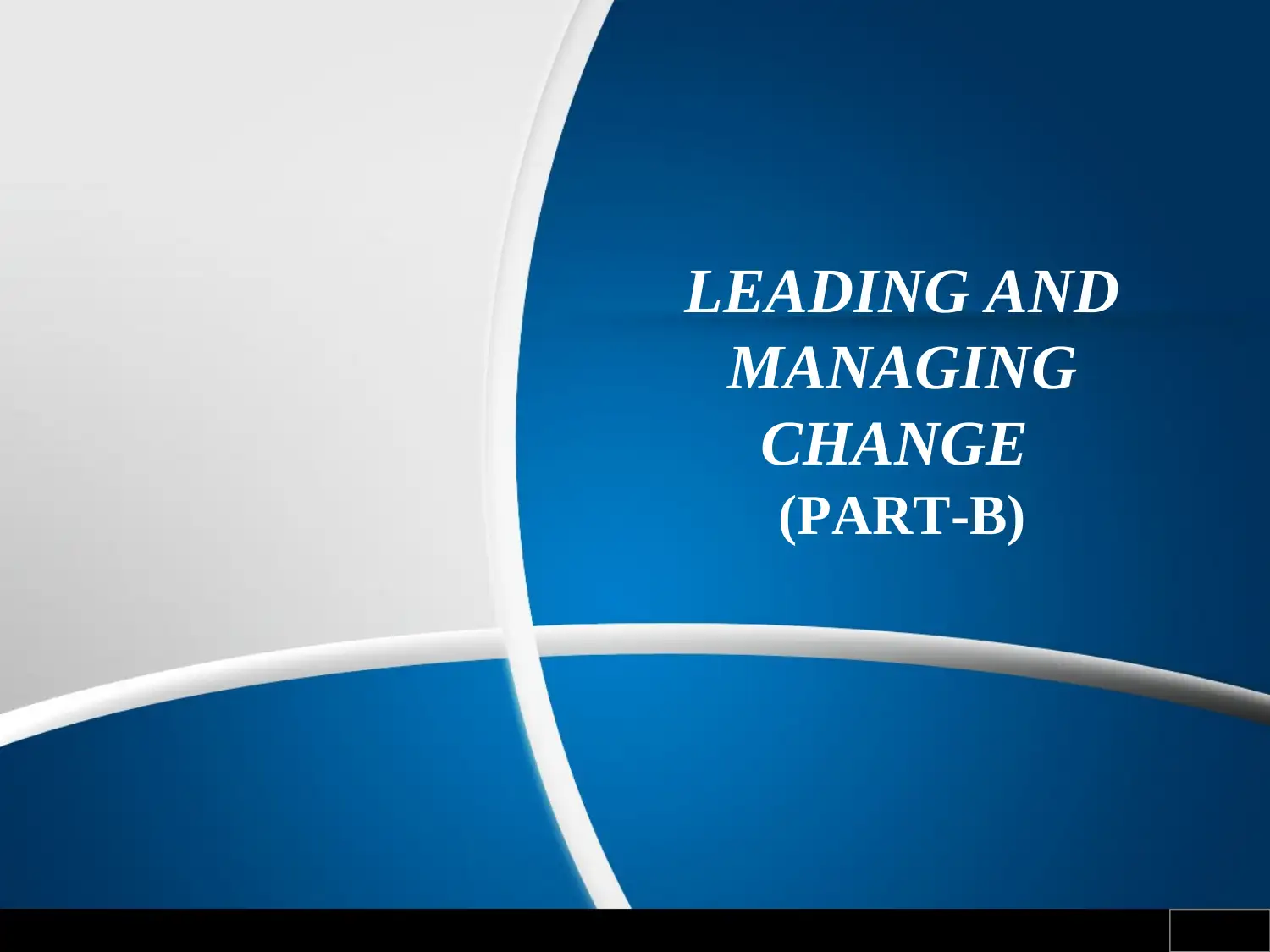
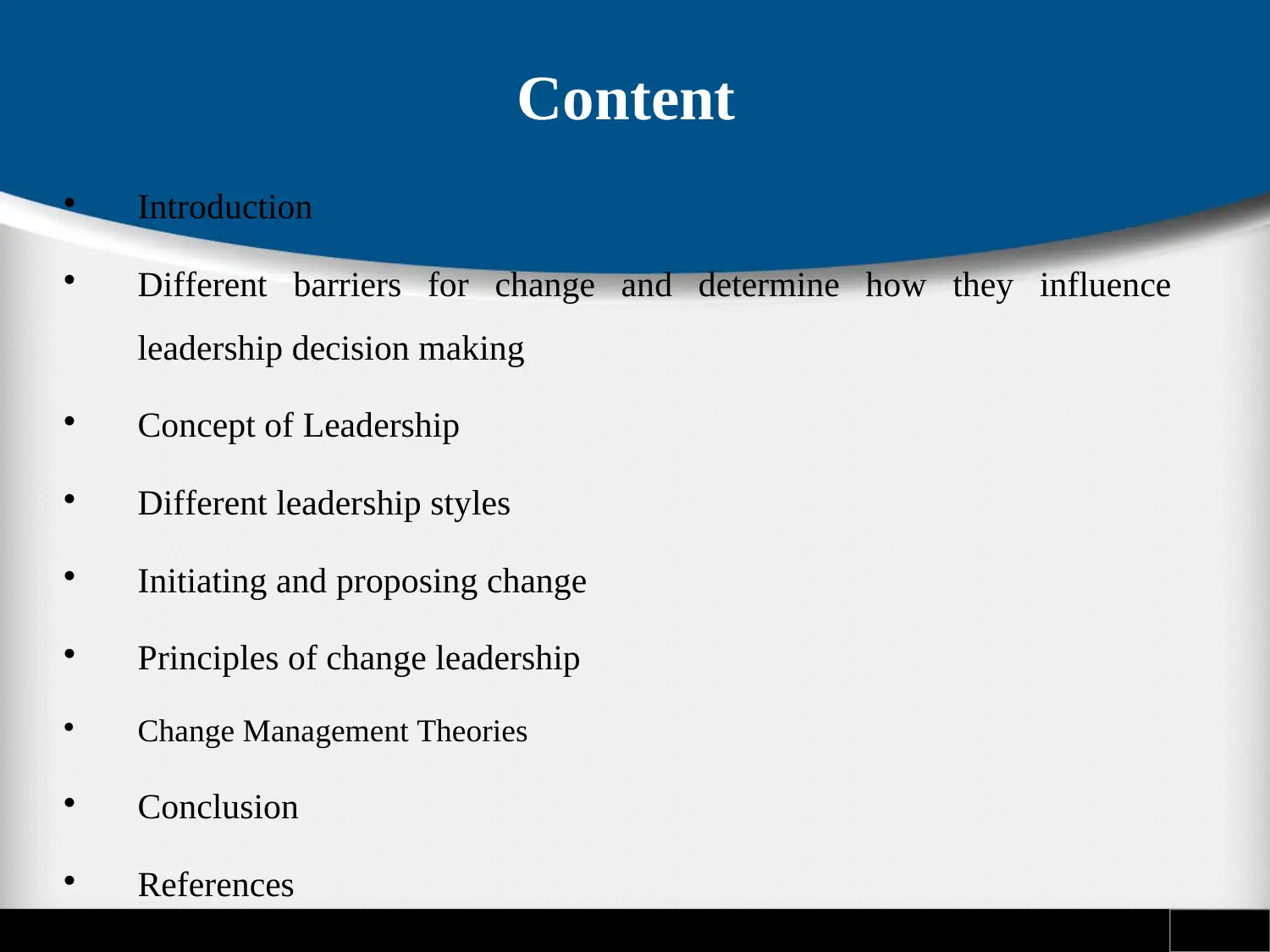
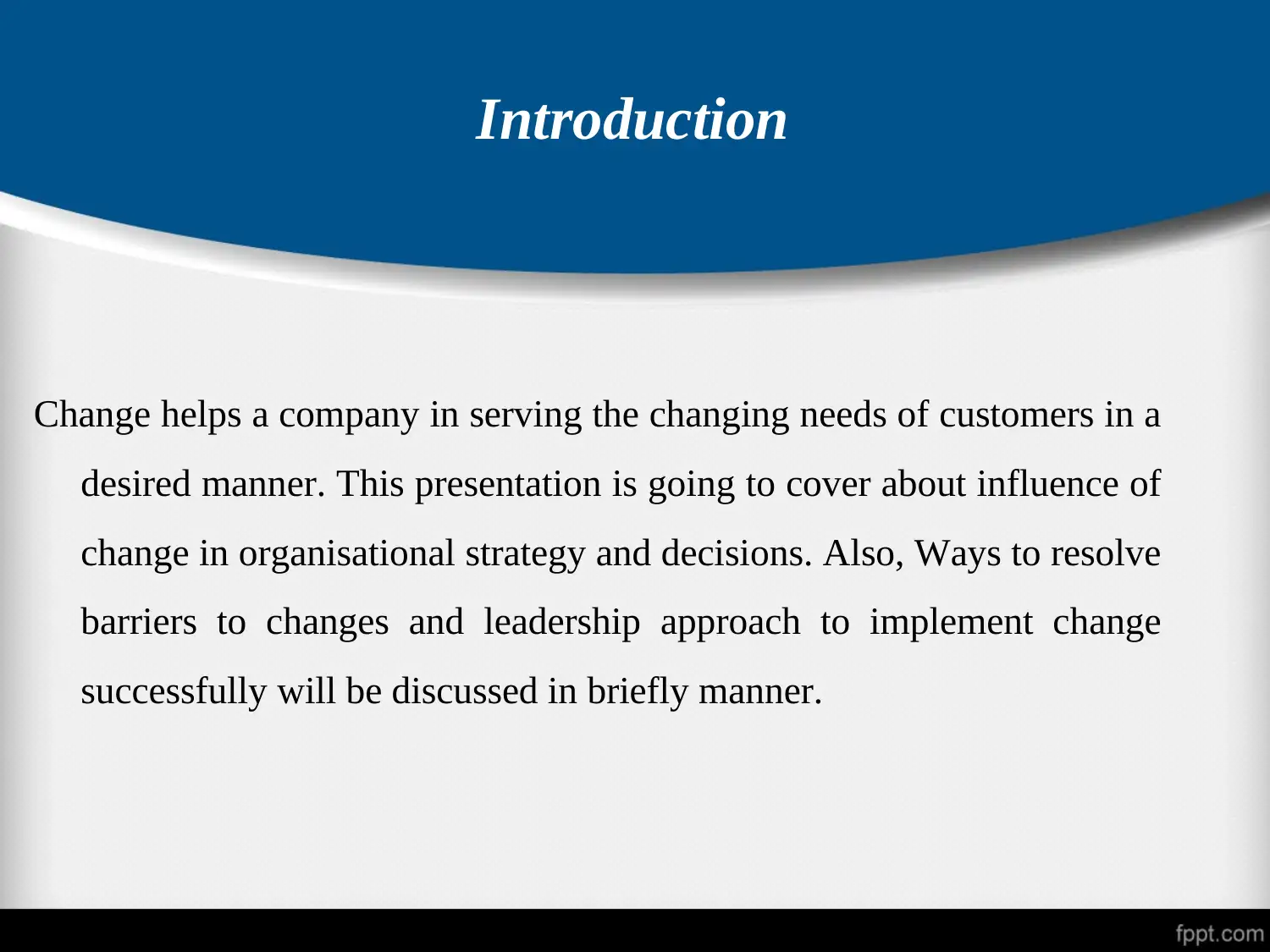

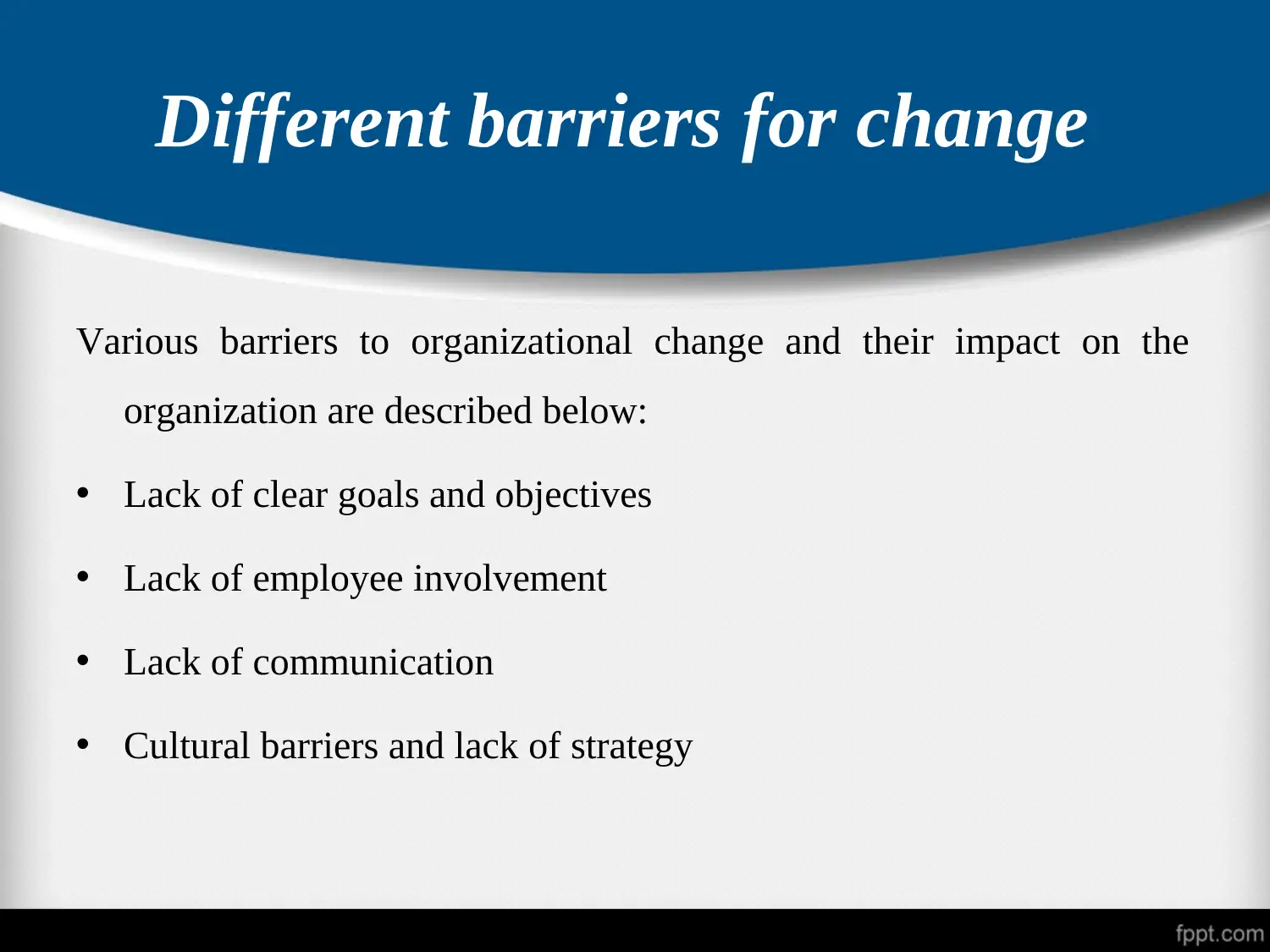
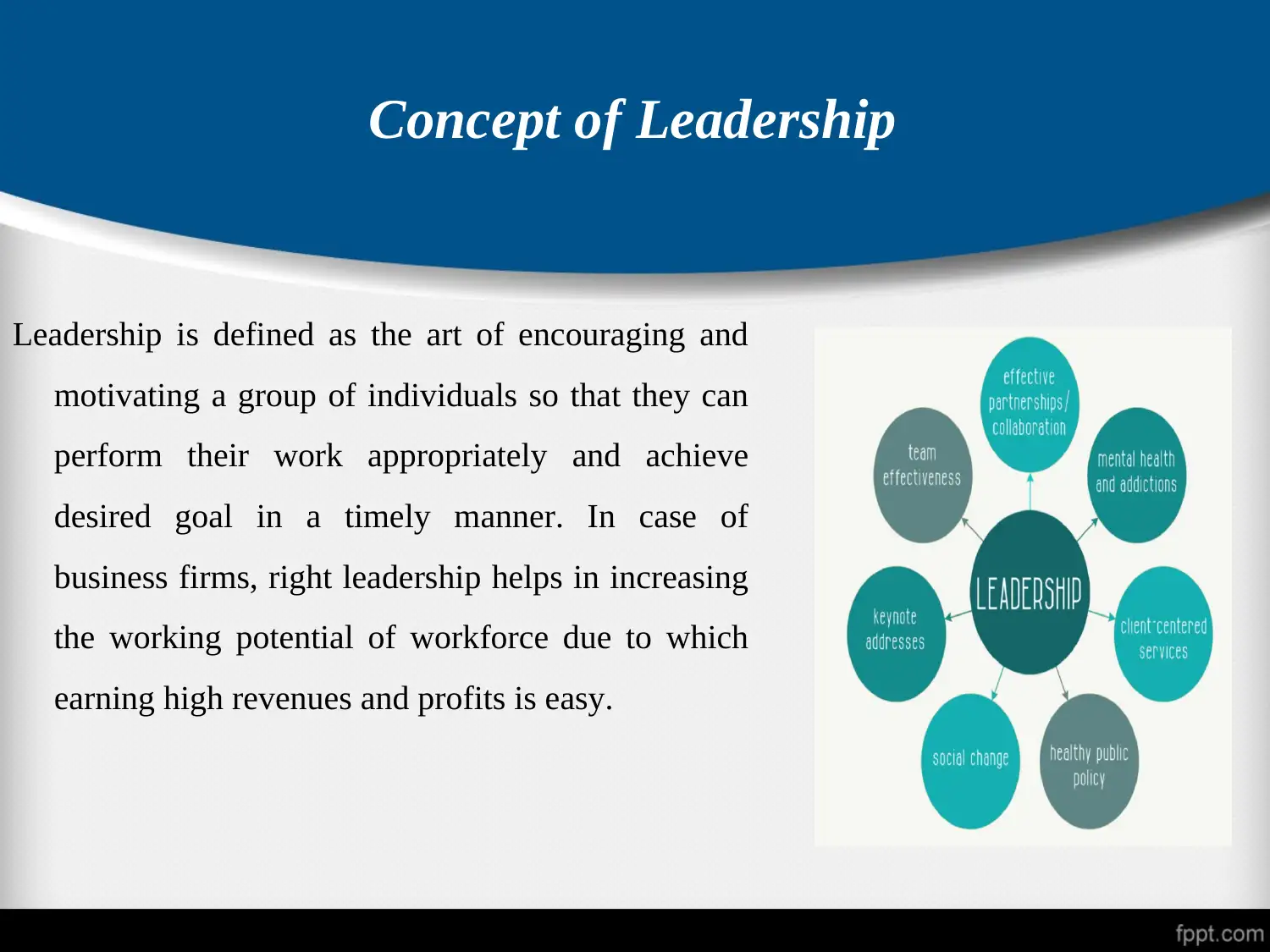
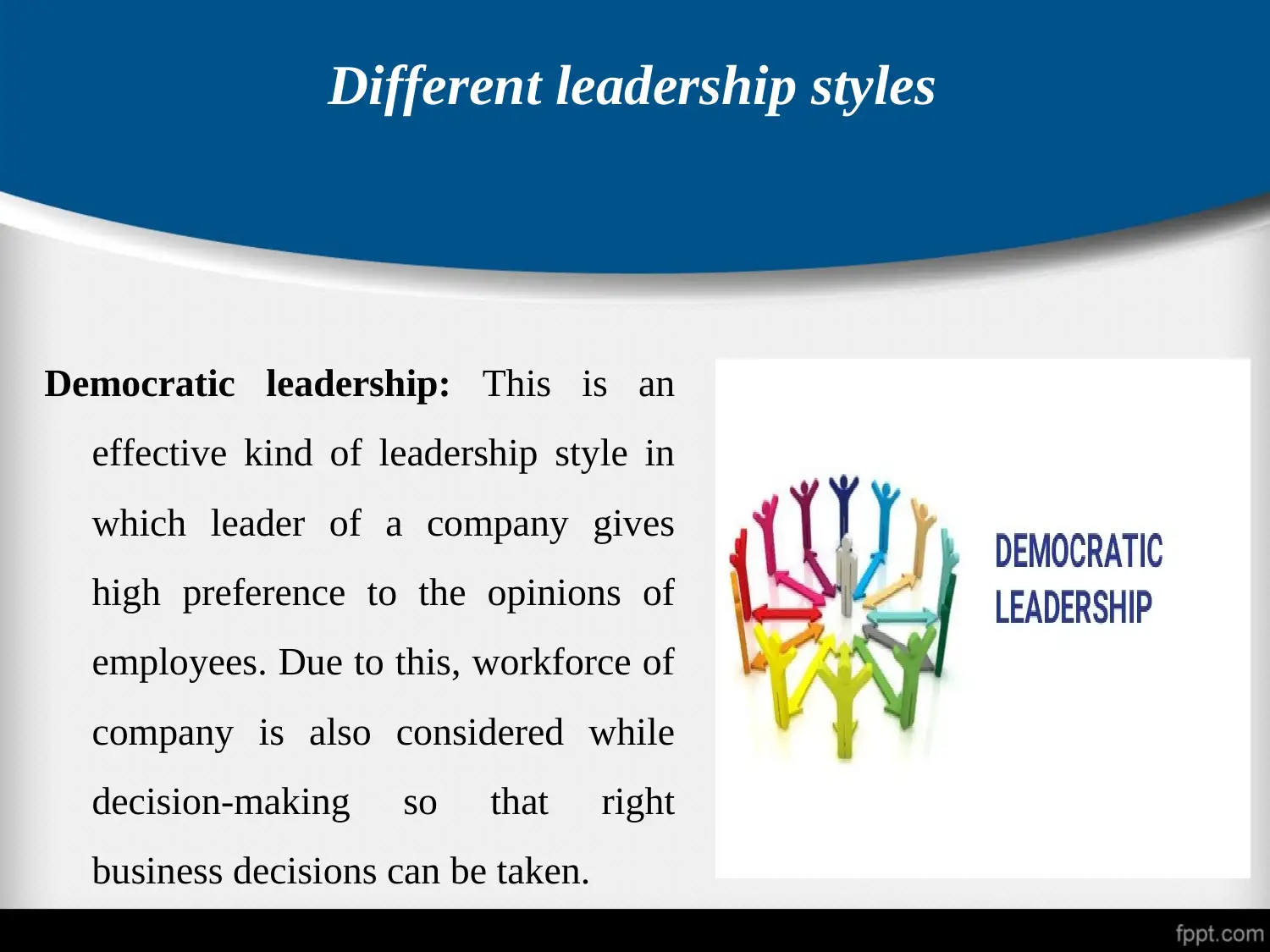
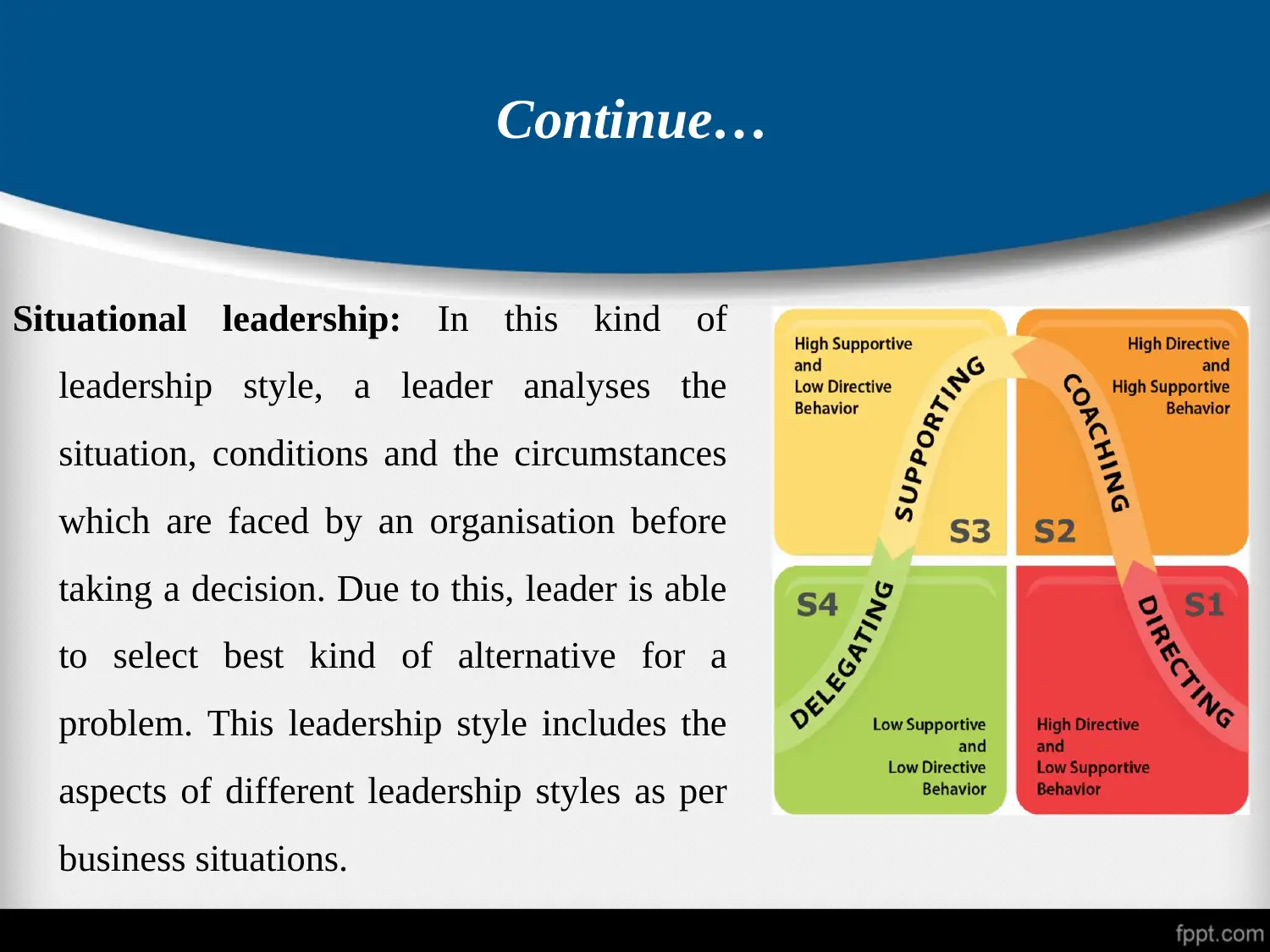
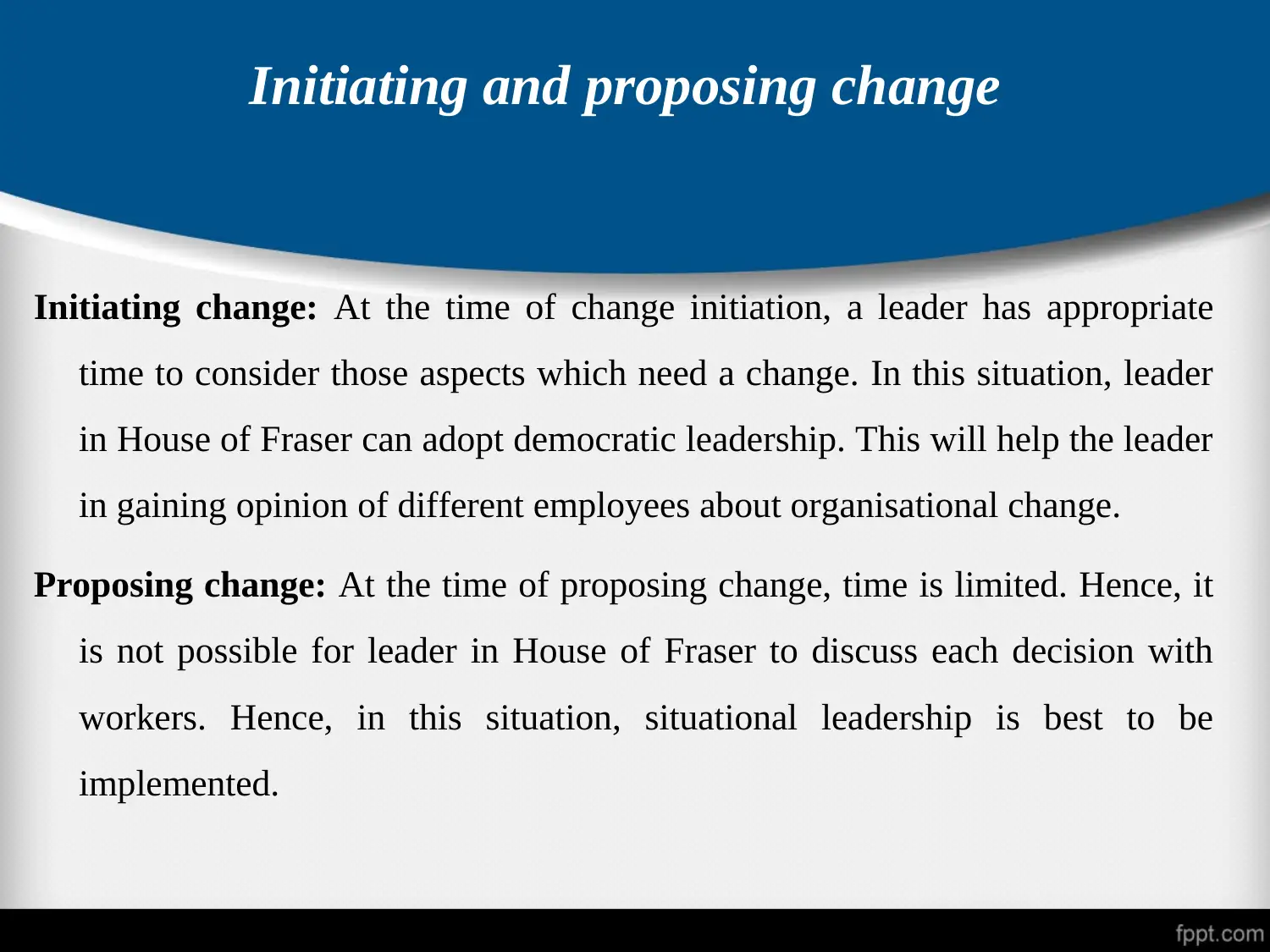
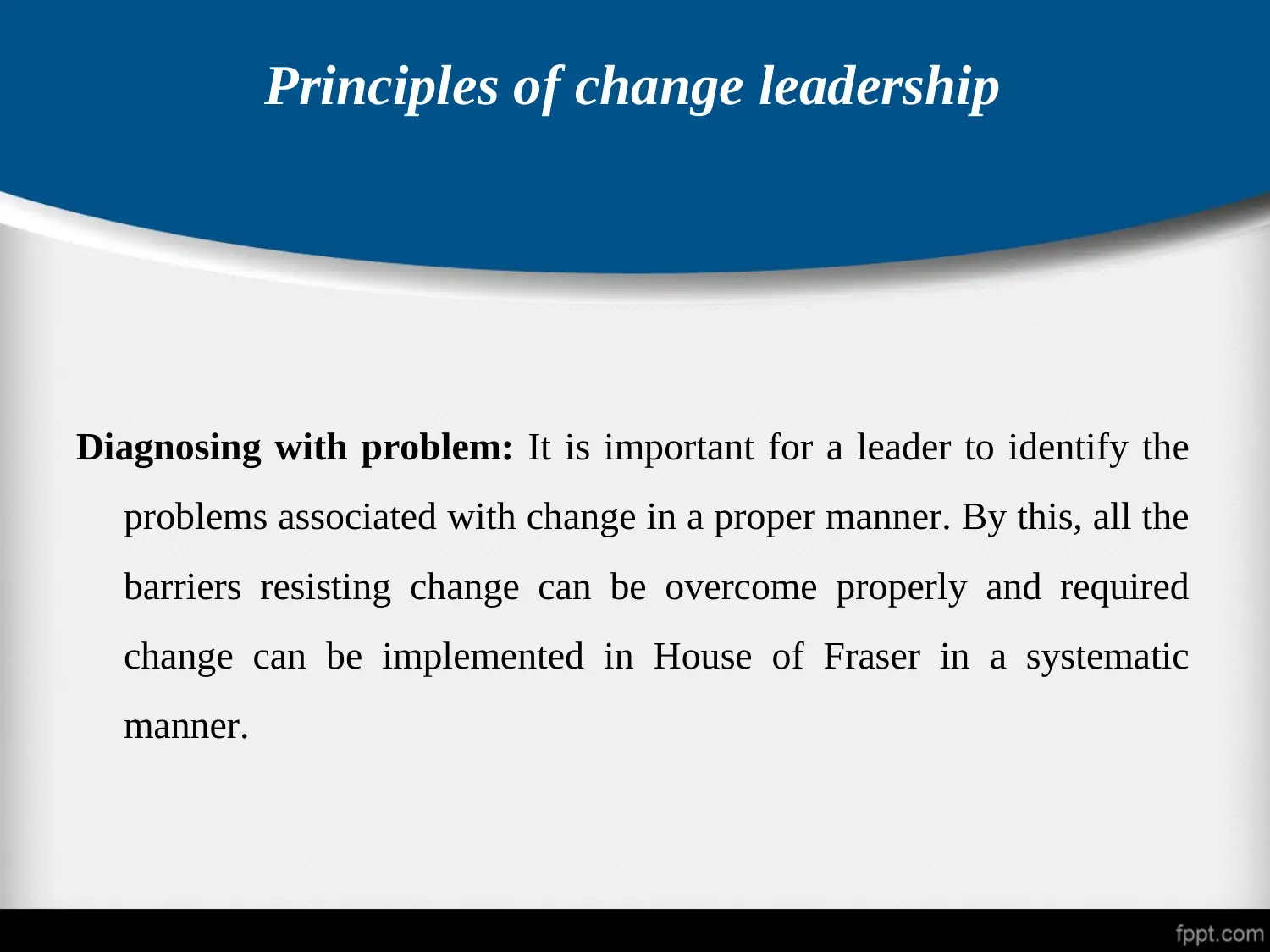
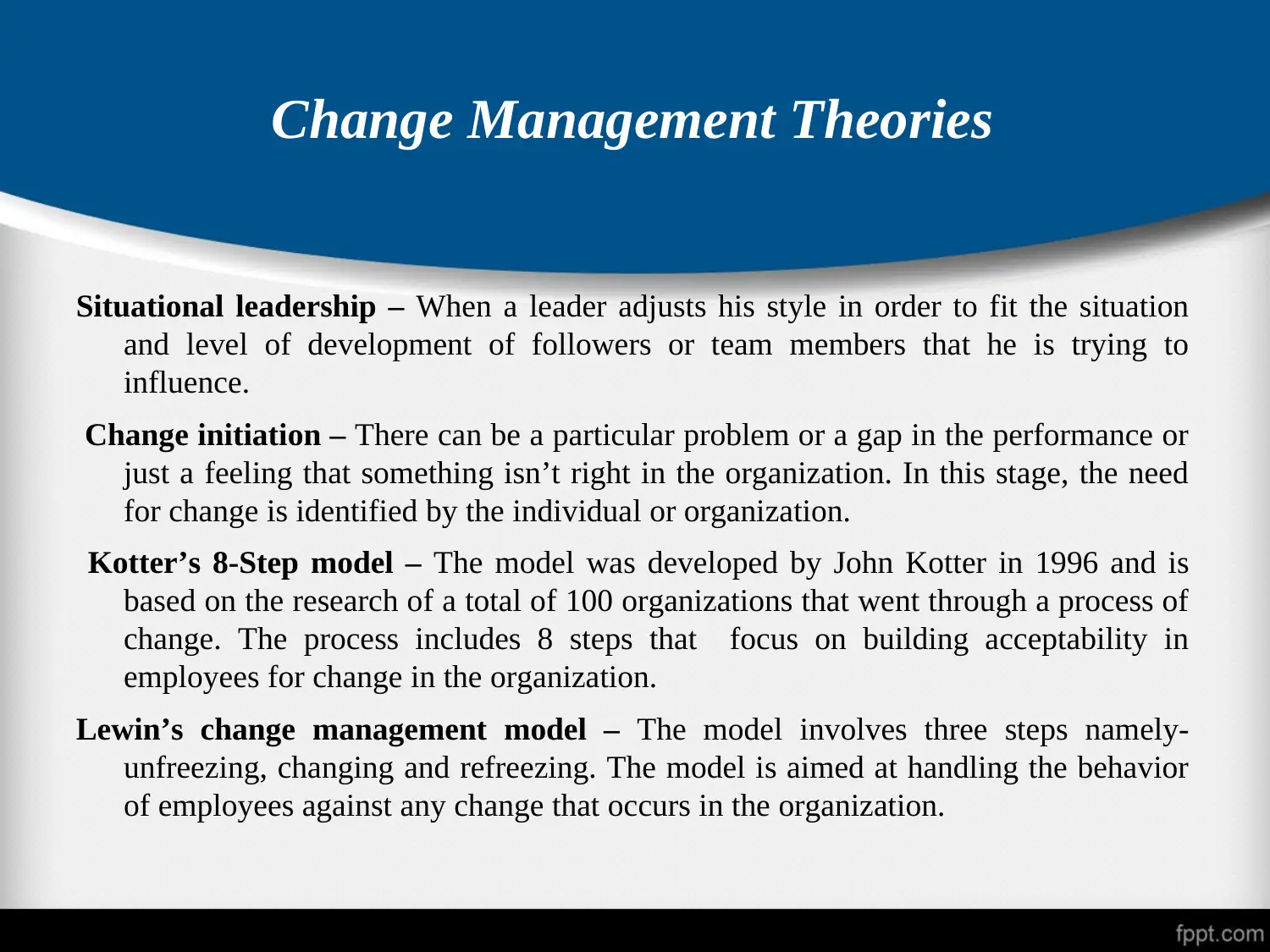
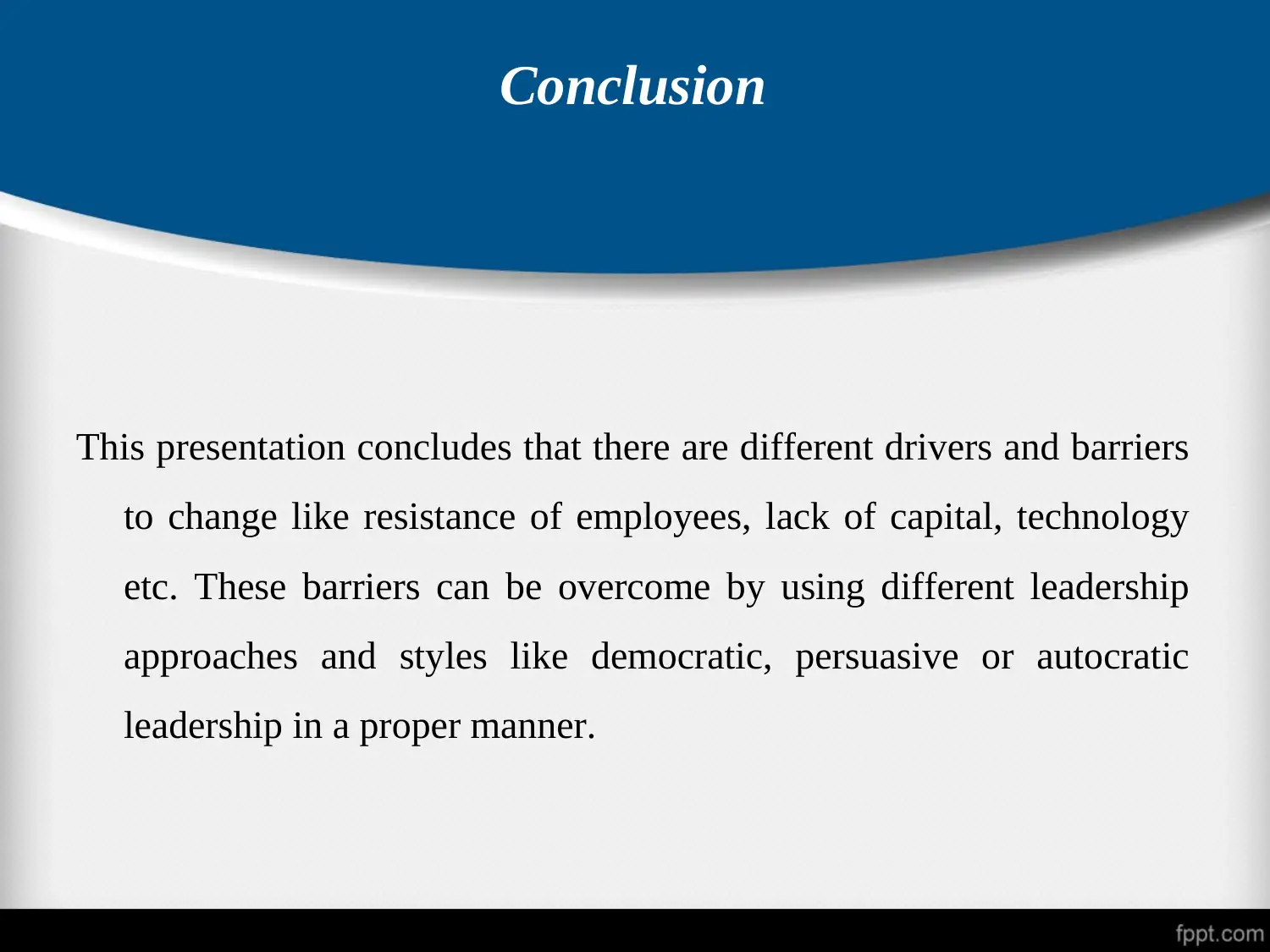
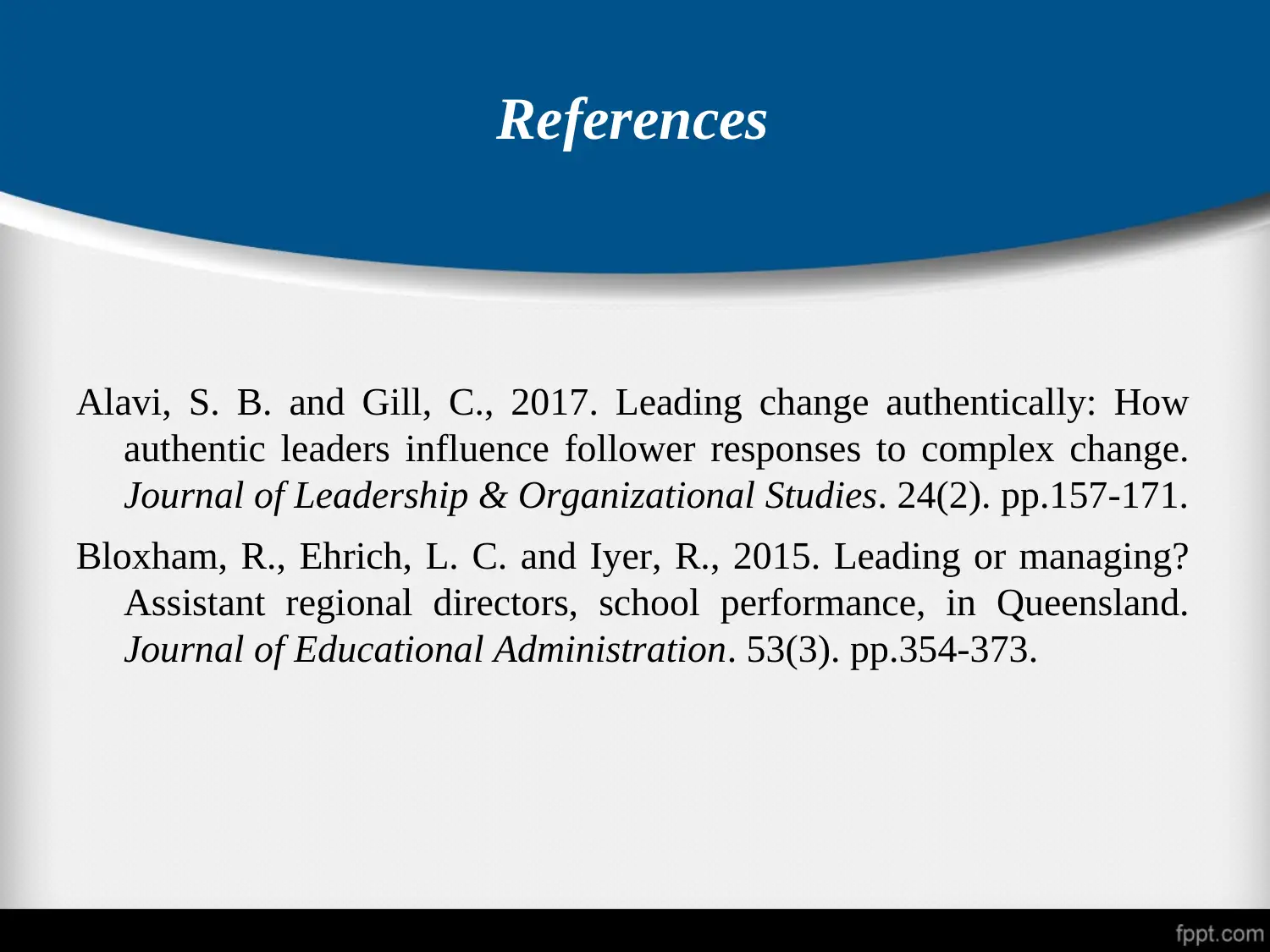






![[object Object]](/_next/static/media/star-bottom.7253800d.svg)